Jabuticaba Facts
- Remarkably, the truly unique Jabuticaba constitutes a one-of-a-kind tree that also happens to inhabit a highly restricted range of the world. The most obvious and immediately recognizable feature of this particular species, though, involves its fruit.
- That statement remains true because of one simple fact. That’s the utterly unparalleled manner in which its fruit appears. To be more precise, the tree, and its fruit, display a characteristic completely unlike all other known trees on earth.
- That difference occurs because of the amazing fact that its fruit usually grows directly from the trunk. But it does also occasionally from the numerous limbs. The fruit, which appears in prodigious numbers, also remains entirely edible.
- Locals often eat them raw or use them to prepare jams, jellies, juice, and even wine. This makes it highly valuable to local populations, within a small area. Despite that limited range, however, the Jabuticaba does not yet appear on the IUCN Red List.
- It does, though, appear in the Catalogue of Life. This species must nonetheless be considered to be at risk from certain dangers. Obviously, habitat loss poses a real threat. Its greatest threat, though, likely comes in the form of ongoing climate change.
Related Articles
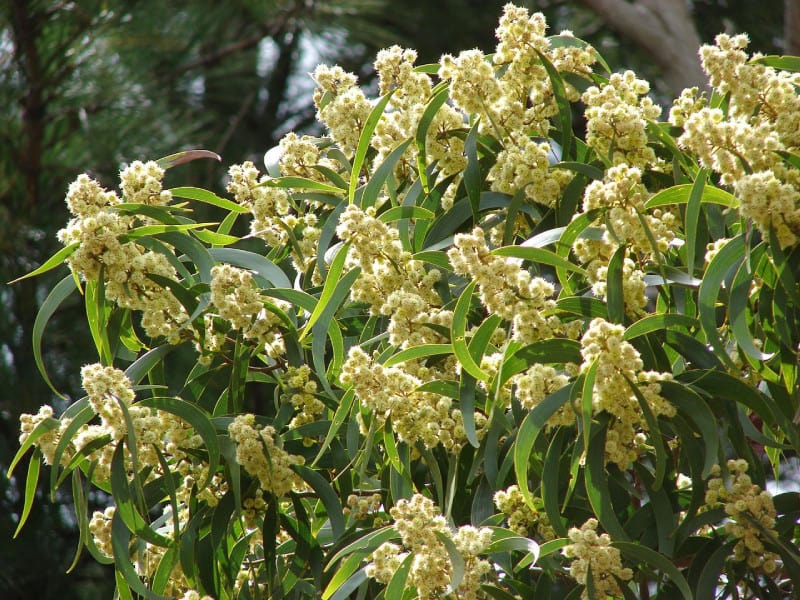
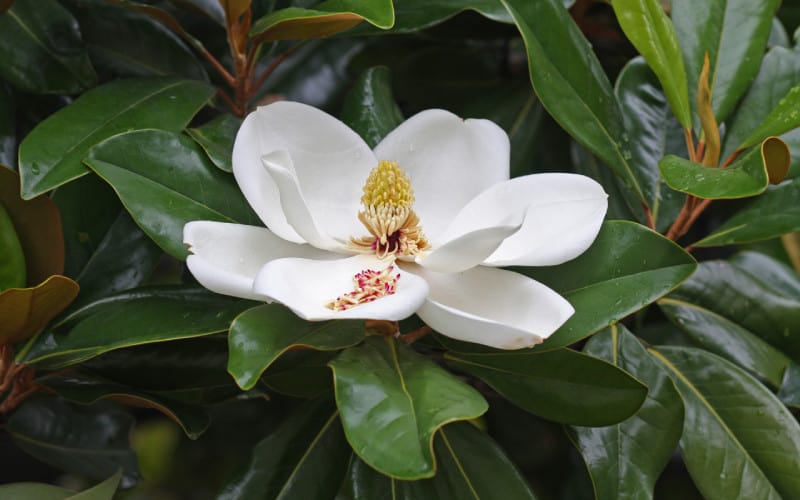
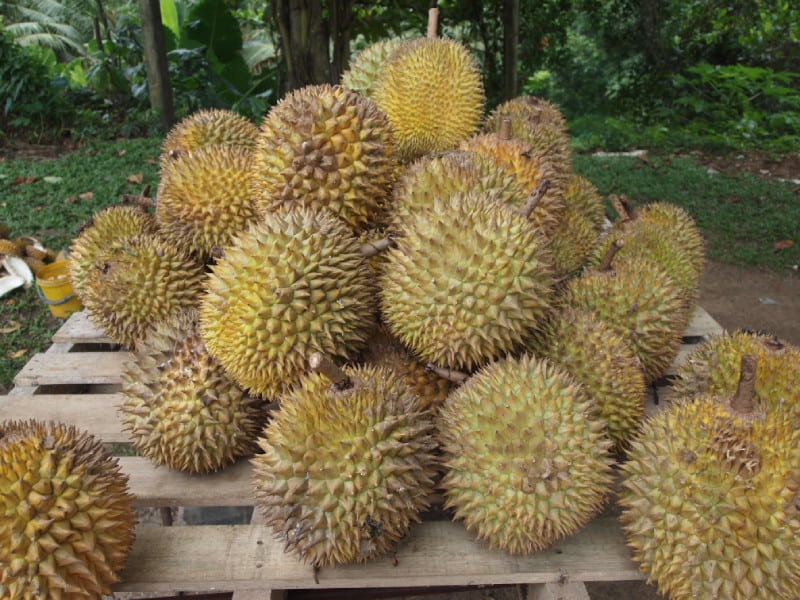
Jabuticaba Physical Description
The mesmerizing Jabuticaba remains a fairly slow-growing variety of tree. Yet it sometimes attains a height of as much as 147 ft (45 m) if not pruned by man. In addition to how its fruit appears, it also displays yet another fascinating trait.
Its leaves actually display a pinkish-orange color during the youth of the tree. However, as the tree ages, these change to dark green in color. The white flowers, which develop straight from the trunk and limbs, appear in enormous numbers.
In the wild, these incredible works of nature most commonly produce fruit once or twice by year. In cultivation, though, the species often produces fruit year-round in tropical climates. It ranks as one of the few fruit trees able to make such a claim.
The fruit of the Jabuticaba itself remains also remains somewhat impressive. This develops as a relatively large berry that typically reaches about 1.6 in (4 cm) in diameter. The outer skin appears a dark purple, resembling a large grape.
- Kingdom: Plantae
- Phylum: Angiosperms
- Class: Eudicots
- Order: Myrtales
- Family: Myrtaceae
- Genus: Plinia
- Species: P. cauliflora
Jabuticaba Distribution, Habitat, and Ecology
Quite unfortunately, the amazing Jabuticaba has one factor that works against its survival. The plant only inhabits a very limited portion of the globe. That holds true due to the fact that it only grows in a small portion of the continent of South America.
Even more precisely, though, this range has even more constraints upon it. This is true because of the fact that this extremely restricted zone of habitation only entails a total of a small part of Brazil. In fact, that’s just 3 states in the country.
In the wild, this tree has a very precise requirement for its choice of habitat. This occurs because the marvel of Nature appears most commonly in moderately thick forests. It has nonetheless proven itself to be adaptable to other habitats as well, however.
Added to this, the Jabuticaba also grows equally well at altitudes of as low as sea level and as high as 3,00 ft (914 m). While all related species evolved as subtropical and can tolerate mild, brief frosts, some species may be marginally more cold-tolerant.
The amazing Jabuticaba has also been transplanted to other regions of the world. These regions consist of those with reasonably similar environments, including the United States, in North America. The different climate unfortunately restricts its growth somewhat.
Species Sharing Its Range
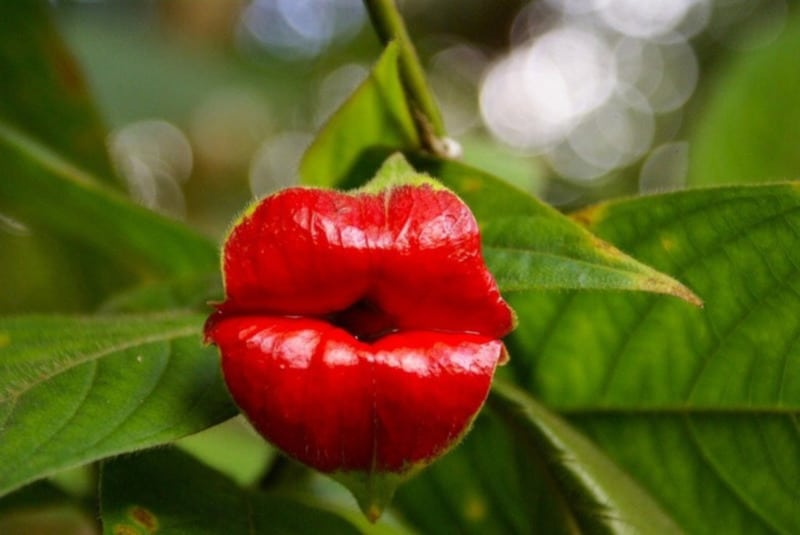
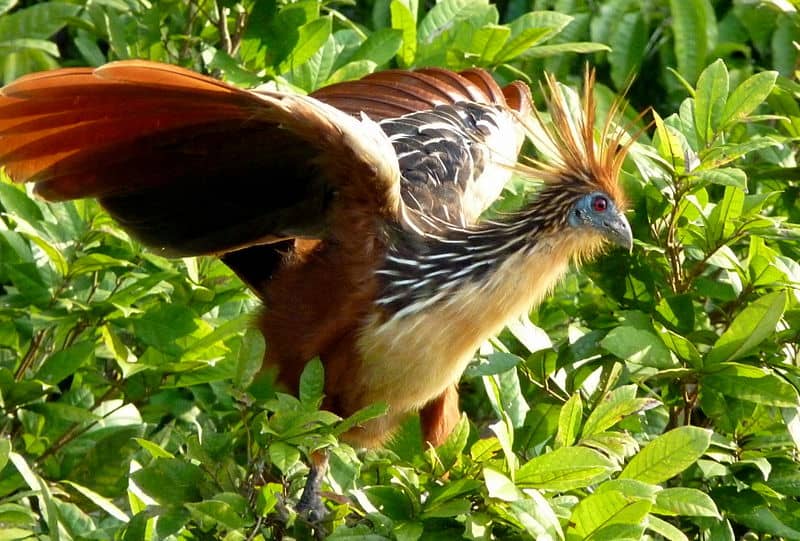
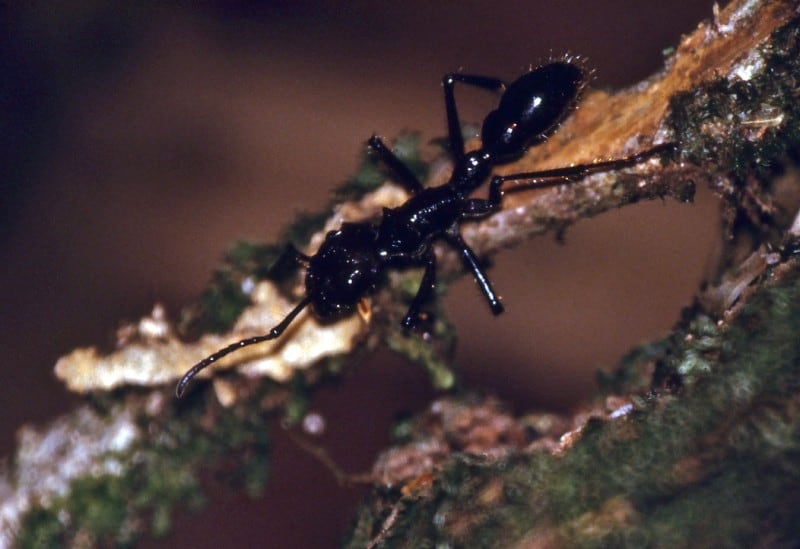
Check out our other articles on Mountain Chicken, 10 Extraordinary Reptiles, Marine Iguana, Namib Desert, Lord Howe Island Stick Insect, Ascension Island Parsley Fern, Maned Wolf
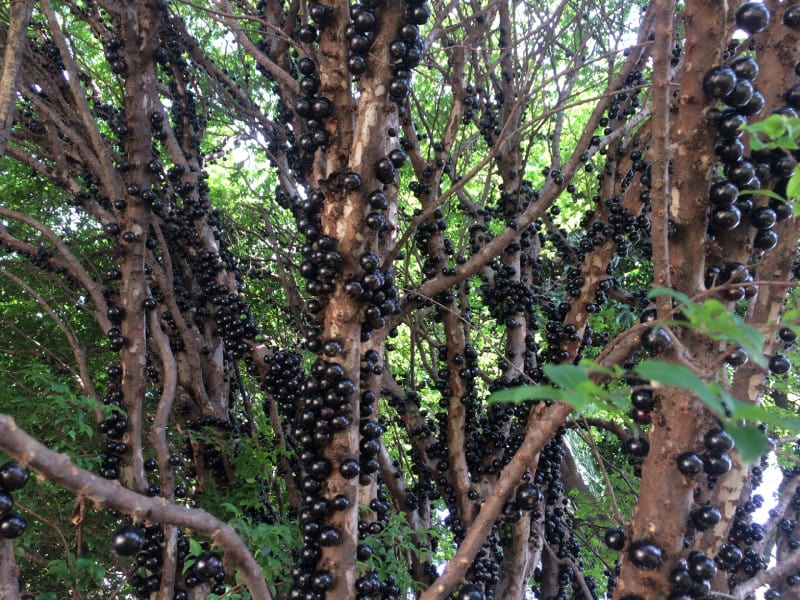
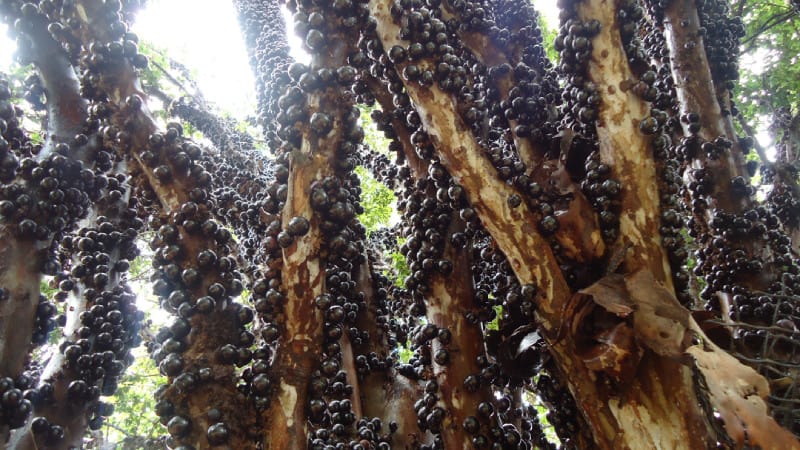
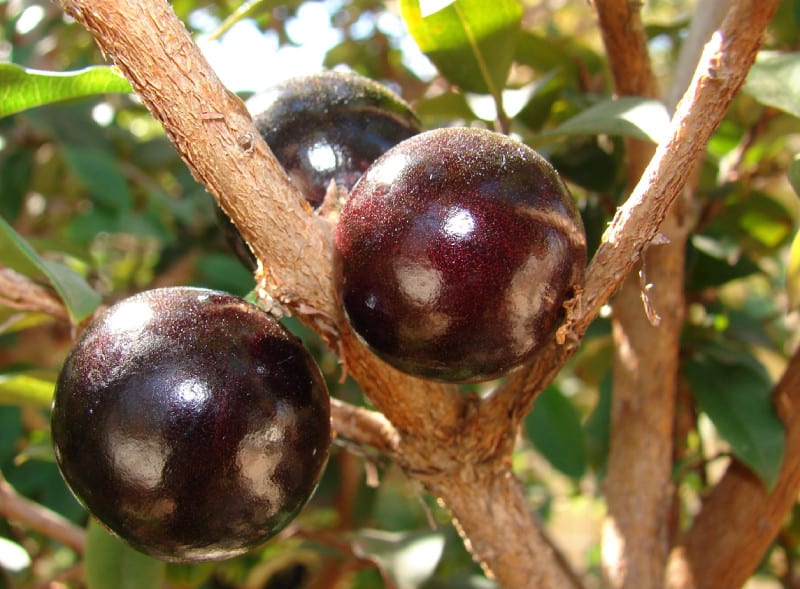









Leave a Reply